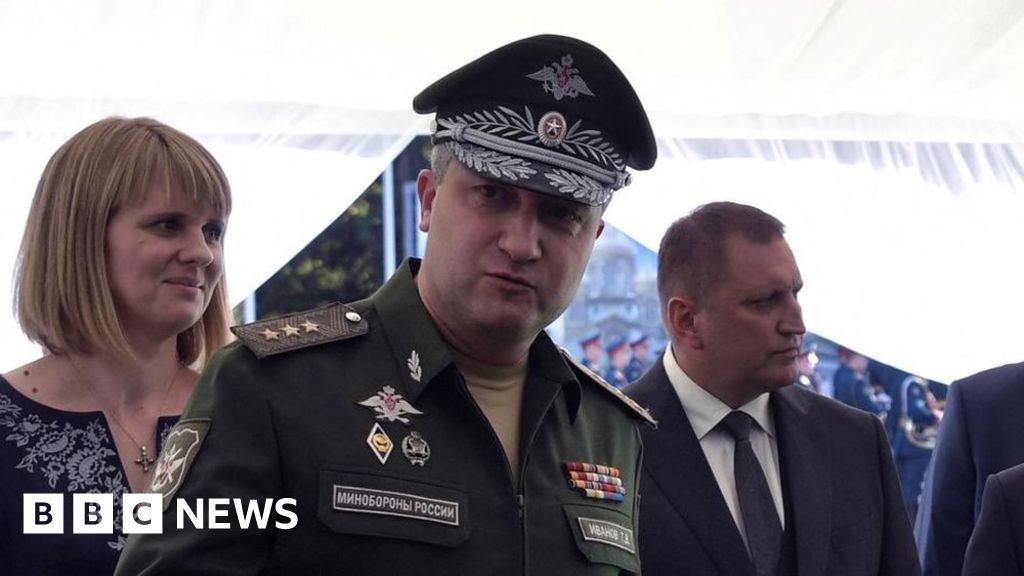:quality(80)/cloudfront-us-east-1.images.arcpublishing.com/lanacionar/TKD42H532BDWVJN5B4ZEBX3LHY.jpg)
At the final stage of the investigation, the Federal Administration of Public Revenue (AFIP) requested Enrique Juan Blaxley Senorense, described as the “Argentine Madoff,” was sentenced to 12 years in prison. A for the lead Illegal association He defrauded hundreds of savers who lost money they lent to Hope Funds in exchange for fat interest, and then swindled millions of dollars through numerous companies and fronts through simulated or covert operations and sales. Real estate in the country and abroad. He also asked to pay an amount A fine equal to seven times the amount of the proceedings involvedIts updated amount has not yet been established, but it is about 1,000 million pesos, and Confiscation of all assets A failed company is insolvent and therefore subject to execution ordered by a commercial court.
Lawyers Santiago Lozano and Ramiro PujanPlaintiffs, on behalf of AFIP, contended that “One Architect, Leader and Organiser” Structure of the organization and the criminal machinations created by it. For this reason, he was considered the teacher responsible for the crimes “318 counts of repeated fraud, unauthorized capture of public savings and fraud by public offer, illegal association as teacher, tax evasion, money laundering and fraudulent bankruptcy”.
They also demanded that the other 14 defendants be sentenced to between three and six years in prison and fined between two and four times the amount of the activities involved as necessary participants in all or part of the crimes, depending on each role.
In his defense, Lozano argued that between August 2011 and September 2018, Hope Funds, led by Blaxley, took money from savers without permission and diverted funds from the state. Payment of VAT and Income Tax. He said liabilities were settled through affidavits, mutual agreements signed with clients. And it represents a capital increase justified by simulated liabilities. Illegal seizure of public savings and tax evasion should be treated as a predicate offense requiring the law to constitute money laundering, he argued. Almost 100 million pesos, he estimated.
Lozano stopped at one loan in particular: Hope Funds signed with businessman Manuel Jorge Vilar in April 2006: there were three deals for nearly $20 million. For AFIP, this is a simulated operation because on the same date as the constitution of the loan, a counter-document was signed canceling the effects of the previous contract. The money never changed hands, but instead helped pour the ill-gotten $633,000 into the market, the attorney said.
“That mutual agreement was canceled in 2011, with an October 2009 addition, a blank receipt for the agreement, and a mutual agreement entered into between Hope Funds and Blaxley on August 25, 2011, in which Hope Funds loaned it $633,000. The president is therefore paying his debt to Vilar, who is personally considered the method. But there was no exchange of money, but it simulated a loan. And in 2011 they used that simulation so that Blaxley could provide legal authorization for the origination of the money. Attorney Pablo Andres Villa, another defendant in the case, testified as a cooperating defendant that he drew up the contract and the money. Alleging that there was no exchange and that the documents were all forged, he signed at Blaxley’s request.
Since that moment, Lozano said, “reciprocal” maneuvers have been repeated to justify the possession of money of illegal origin that was “embraced” and used for commercial activities.
:quality(80)/cloudfront-us-east-1.images.arcpublishing.com/lanacionar/YH4XDKREARHMDECGY4CDFUDYYA.jpg)
He later elaborated on the overseas real estate acquired by the Hope Funds Holding Company. “Most of the money they got through tax evasion, fraud and improper collection of money from the public was used to buy real estate abroad, and that money gets legal transparency.”
He first went into detail about acquiring a property 1395 Brickell Avenue, Miami, In 2009, through a handshake between companies incorporated in the US.
Then, in 2014, through the departments of the Panamera complex in Panama City, through a company created by Blaxley, Alejandro Carosino and Veronica Vega, the Panama Papers were established by the Mossack Fonseca studio, famous for its mega-leakage. . According to AFIP lawyers, the assets were sent through companies made up of local names with the intention of “removing the names of the accused from the records and erasing any association between them and the assets”. And with the appearance of money.”
Prosecutor Lozano said the accused “paid part of the proceeds of previous crimes through real estate abroad” and in the Panama case it was “They commissioned a world-renowned study into money laundering schemes.
Next, the other AFIP lawyer focused on the machinations surrounding Veracruz, Pilar’s real estate megaproject, which Blaxley defined as the “jewel” of Hope Funds, and the business that allowed him to overcome the liquidity crisis that led to his collapse. Emporium. In this case, Hernán Pujan asserted that “illegal funds were funneled through low-income individuals in trust”; He listed the names and surnames of “members of the Bolivian community who lived in emergency neighborhoods” who briefly appeared as trustees, but soon signed contracts transferring responsibilities and rights to Wall Street Group SRL, which later transferred half of them to HOPE Funds. Its value.
Later, Bujan, in his defense, based the charge of fraudulent bankruptcy on the charge that, according to the indictment, he “attempted to achieve the re-inclusion in the financial market of the funds returned to the assets, subject to precautionary measures. By Henry Blaxley.
A case in point is the invoicing of events held at the Buenos Aires Auditorium by a company called Inversora del Faro, which made it possible for the business to continue to be exploited despite the ban and its subsequent ban. In this situation, Daniela Sarsa and Damián Gómez were compromised, accusing AFIP lawyers of being necessary participants in the intrigue.
:quality(80)/cloudfront-us-east-1.images.arcpublishing.com/lanacionar/YRIZXJBH5RGIDKDQ76K6XZ6S7Y.jpg)
Finally, Bujan held that Blaxley formed and led an illegal association. “He set up a complex structure for tax evasion and defrauding private parties. The structure was growing to cheat the treasury and the public for billions of dollars. He collected money from different people and channeled the proceeds into new ventures, many of which were nothing more than shells. This made it easy for him to recycle funds and justify substantial sums of money. .He built his image as a successful businessman so that many people trusted him with their money.
And he defined: “The scheme is of the pyramid or Ponzi type: money is constantly taken from investors to obtain liquidity to pay interest or withdraw mutual capital. They generated regular income from Ponzi schemes. A large flow is diverted to another company with the appearance that they have acquired a legal status. Partial payments boosted confidence, and receiving cash encouraged investors to continue funding. They raised public capital funds without any authorization. And knowing that he was insolvent to repay his creditors, he continued to invest to pay off his previous obligations.

“Introvert. Thinker. Problem solver. Evil beer specialist. Prone to fits of apathy. Social media expert. Award-winning food fanatic.”





More Stories
Reading from the Apostles and the Gospel of April 24
Government of Pakistan and Sri Lanka asked AMIA to arrest Iranian Interior Minister accused in connection with AMIA attack.
Persecution of US troops in Iraq continues: second attack in days